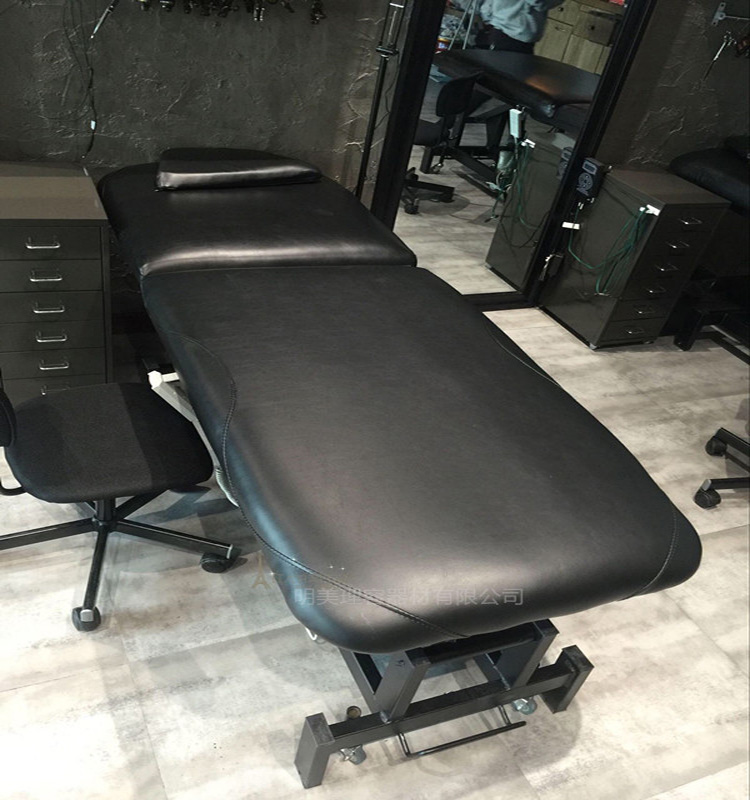White feather disease is a common disease of ornamental flowers. The parasitic range is very wide. After the onset, the roots and stem base of these flowers are rotted. In severe cases, the entire plant dies. White feather disease mainly occurs at the base of the plant's roots and stems. Woody flowers generally start to attack on the rhizomes near the ground, and then spread to the upper and lower parts of the ground. The diseased part first became brown and the cortex rotted. The leaves of the damaged plants withered and withered, withered and shed, plant growth stagnated, buds stunted and reddened.
The main feature is that the diseased part is water-stained, yellowish-brown to reddish-brown, with a white layer of mycelial mycelium, which spreads radially and often spreads to the soil near the diseased part. The skin of the diseased part is easy to peel off. The leaves of the base are easy to fall off, and the clivia and orchids occur in the leaf stems and the fleshy stems. Plants with bulbs and bulbs occur on bulbs and bulbs. In the middle and late stages of the disease, yellow-white rapeseed-sized sclerotia often appear in the white mycelium layer, and then become yellow-brown or brown, becoming a re-infected bacterial source.
The sclerotia formed by the flower whitefly disease in the winter in the soil, sclerotia can survive in the soil for 5 to 6 years, only 3 to 4 months of survival in the water. When the environmental conditions are suitable, the mycelium is used to infect the mycelia. The suitable temperature for the development of the pathogen is 32 to 33°C, the maximum temperature is 38°C, and the minimum temperature is 13°C. In the condition of high temperature and high humidity, the disease is heavy and spread rapidly; the incidence of continuous disease is heavy; acid sandy soil also promotes the occurrence of disease.
The prevention and treatment of flowers with white feather disease should take comprehensive measures:
(1) Eliminate the source of the disease. Timely removal of diseased plants, removal of sclerotia and diseased bodies that have fallen into the soil, central burning or deep burial, spraying lime in diseased cavities to kill germs. Some sclerotia will be mixed in the seeds of flowers. When growing seedlings, 10% saline or 20% ammonium sulfate can be used to remove sclerotia, and then rinse with fresh water and sow.
(2) Pay attention to the choice of planting sites. For plots with severe disease, it should not be used as a continuous crop, and should not be used in conjunction with crops that are susceptible to leek, such as peppers, tea plants, pumpkins, and peanuts.
(3) pay attention to garden drainage and fertilization, and strengthen management to enhance the disease resistance of plants.
(4) Chemical control. The timely application of the drug at the early stage of disease can control the disease epidemic, remove diseased plants in time, and mix and disinfect with 70% of quintozene per acre with 1 to 2.5 kg of fine soil. Lime powder and ash can be applied around the plant for prevention. The plant ash has a good effect on the prevention and control of white peony disease. The plant ash is alkaline. In addition to rich in calcium, potassium, phosphorus and other elements, it also contains a large amount of silicon. After absorption, the epidermal cells of the stems and leaves of the orchids can accumulate a layer of hard silicon to enhance disease resistance.
In addition, the calcium in the plant ash reacts with oxalic acid secreted by the mycelia of the whitefly, causing the calcium oxalate to cause the death of the pathogen. The hyphae disappeared after spraying wood ash, and the sclerotia dried up. The disease was lighter and could resume growth. In severe cases, the roots and pseudobulbs basically returned to normal, and budding sprouts could be managed properly.
To prevent the occurrence of diseases, the ash leachate should be poured every 15 days or two or three times. The spraying of 1% Bordeaux mixture or 0.3 Baumeshi sulfur mixture also has some effect. In addition, it is also possible to use 5% wet extinguishable special medicine for prevention and treatment.
Metal base electric Massage Table uses luxurious PU leather, high-density foam, ABS bottom shell, metal chassis, beautiful appearance, generous, fashionable. Three-motor control makes it easy to adjust the back, legs and bed height. The detachable armrest wrapped with a soft sponge is highly practical, highly safe, mechanically simple, and has a very low failure rate. Suitable for use in high-end spa clubs, massage parlours and beauty salons. The motor used in the beauty electric bed is a customized motor for medical devices. It is not a common beauty equipment accessory on the market. The motor noise is low and the quality is good. According to the analysis of the use cases of major medical customers, there has been no motor damage in three years.
One-to-one refers to: The backrest adopts a pressure rod to lift, manually adjust the angle, and fix it at any angle. The entire bed is controlled by a motor to move up and down.
One to two means that the backrest adopts a motor to automatically adjust the angle, and the bed surface also uses the motor to control the overall height of the lift. Easy to adjust and save time.

Metal Base Electric Massage Table
Metal Base Electric Massage Table,Electric Mature Massage Tables,Metal Chassis Electric Massage Table,Metal Electric Massage Table
MING MEI ROYAL SPA FURNITURE , https://www.mingmeibeauty.com